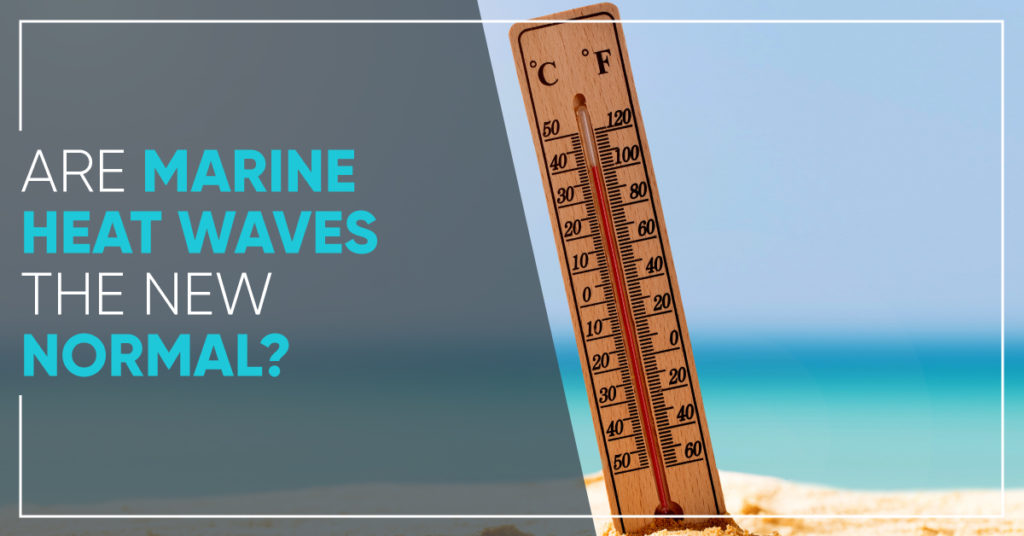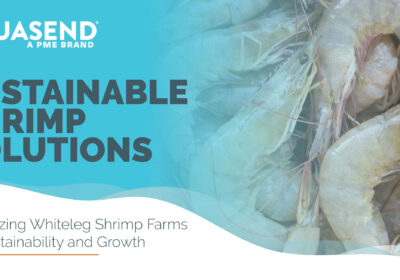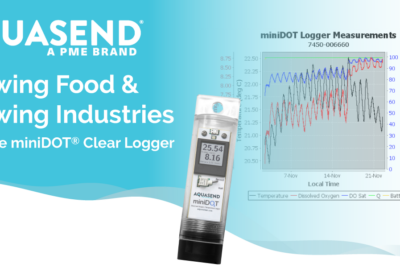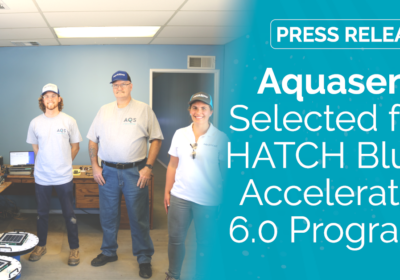Are Marine Heat Waves the New Normal?

You’ve heard of marine warming, but have you heard of The Blob? Named in 2013 by Nick Bond, a climate scientist at the University of Washington, The Blob was a large area of abnormally warm water forming in the Gulf of Alaska. In two short years, The Blob had doubled in size and had spread all the way to Mexico’s Baja California Peninsula with temperatures rising to 2.5°C above normal. By 2016, this heatwave began affecting ecosystems all along the western coastline of North America.
The Blob Takes Out the Food Chain
The Blob started at the base of the food chain and is working its way up. Effects of The Blob began to pop up in the forms of algae blooms and species typically only found in warmer waters started appearing in traditionally cooler waters. Krill and other smaller fish began to vanish, and beaches became the resting place for dead seabirds. When whales began to change their migratory patterns and eventually wash up on beaches, researchers were able to determine the heatwave was to blame.
In 2017 data showed that the cod population in the waters impacted by the blog had been reduced by 70% – a decline worth almost $100 million annually. After reviewing the available data, researchers determined that the effects of these unusually warm waters reached further than they ever thought and as a result, fish simply ran out of food.
Where’s The Blob Now?
Although The Blob has since disappeared, and the affected ecosystems have begun to bounce back, marine heat waves don’t appear to be over. As global warming continues and ocean circulation changes, researchers have found additional warm patches forming not only in the North Pacific Ocean but other locations as well. The hope is that research from The Blob can help us understand how marine heatwaves impact marine ecosystems and how to we can better manage these events in the future.
Aquasend Provides Real-time Monitoring
With warming events like The Blob resulting in massive fish kills, it’s more important than ever to be able to monitor the water at your farm. Contact us today to learn how our real-time water quality monitoring solution helps maintain the health of your farm.


